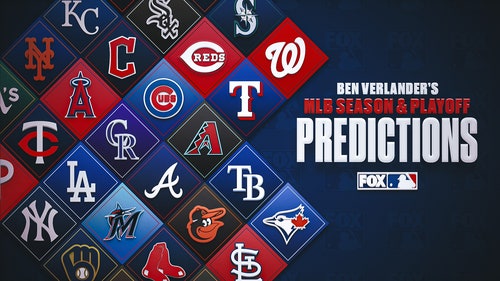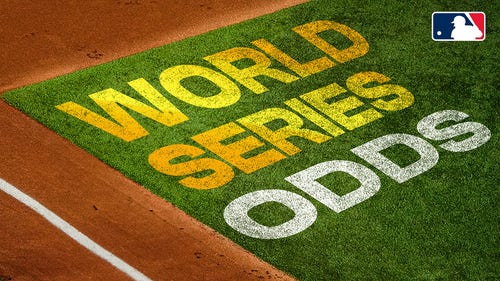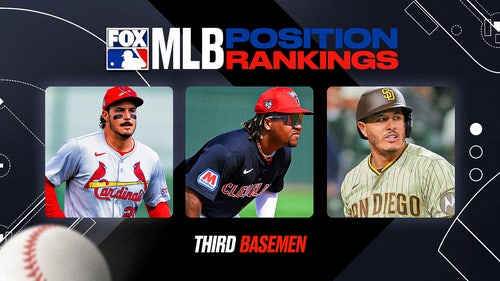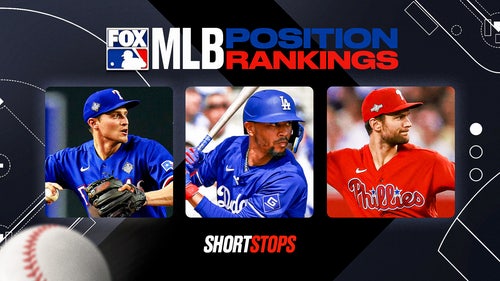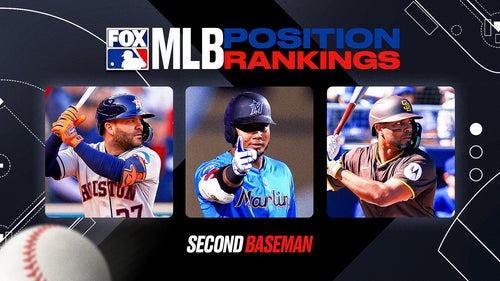
Minnesota Twins 2019 offseason priorities
We all watched as Minnesota’s special 2019 regular season – one that featured 101 wins and an MLB-record 307 homers – ended too soon via a gut-wrenching sweep by the New York Yankees. Well, we’ve decided to toss away those bad memories and move on to what is shaping up to be an exciting offseason for the Twins. As we wait for it to officially begin, what should executives Derek Falvey and Thad Levine prioritize in the coming months? Read on:
1. Bring back designated hitter Nelson Cruz
This might be the biggest no-brainer Falvey and Levine may ever face. Minnesota can -- and will -- bring back Cruz for the 2020 season on a $12 million club option. At age 39, Cruz put together one of his best seasons: 41 homers, 108 RBI, .311 batting average and new career highs with a .392 on-base percentage and .639 slugging percentage. He also doubled as a mentor to fellow Dominican Republic native Miguel Sano, who followed in Cruz’s footsteps all summer learning what it takes to be a consistent big-league player. Cruz was the Twins’ MVP in 2019 (in our opinion, anyway), and there’s no doubt he’ll return next spring. Check this one off the list.
2. Decide who will return in the starting rotation
Ah, everyone’s favorite topic: the rotation. Jose Berrios is the only lock to return in 2020, leaving the status of Jake Odorizzi, Michael Pineda, Kyle Gibson and Martin Perez -- all unrestricted free agents besides the latter (team option) -- in question. Minnesota would like to see Odorizzi return after the 29-year-old posted a 15-7 record, 3.51 ERA and a career-best 10.1 K/9 across 30 starts in 2019. In a rather weak free-agent class of starting pitchers, don’t expect Odorizzi to be cheap. But he’ll be worth it. As for the other three, the Twins could let them all walk. Pineda’s 60-game suspension will carry into next season. Gibson, who has been with the organization since he was a first-round pick in 2009, didn’t do enough to lock in a call-back: 4.84 ERA and a minus-12 runs above average. Lastly, Perez fell apart in the second half of the season and likely isn’t worth exercising a $7.5 million team option. So, if this proves true, the Twins will have to fill (at least) three slots in their rotation. One would think Minnesota looks at Randy Dobnak as a starter for next season. Dobnak began the 2019 campaign at Single-A and sprinted up the organization ranks, finding himself toeing the rubber in Game 2 of the ALDS at Yankee Stadium. That leaves two slots to fill. Brusdar Graterol is the most exciting pitcher in the Twins organization, but the 21-year-old flamethrower might benefit from a few months in the minors. Probably the final name Minnesota would consider is fellow youngster Devin Smelzter, who impressed with a 3.86 ERA in his first big-league season. Whatever the Twins decide, they’ll likely have to bring in a pitcher or two to complement the record-breaking and playoff-ready lineup of hitters. Which brings us to …
3. Sign a free-agent starting pitcher (or two … or three)
Falvey and Levine should mail a blank check to wherever Gerrit Cole currently resides in Houston and tell him to put as many zeroes at the end of it as he’d like. The 29-year-old led the AL with a 2.50 ERA, 326 strikeouts and 13.8 K/9 for Houston in 2019 and is about to get a big pay day. The Twins have long been rumored to bring in an ace one way or the other – there was talk surrounding a Madison Bumgarner trade at the deadline, and Minnesota was reportedly in the hunt for Yu Darvish in 2018. The time is now for Minnesota to add a star pitcher. Cole would boost the Twins’ rotation from good to great -- Cole into Berrios into Odorizzi to start the 2020 ALDS? Yes, please. The problem: Even if the Twins toss record-breaking dollars his way, Cole still has to say yes. And Minnesota doesn’t have any history of big spending -- the franchise’s largest free-agent deal was a four-year, $55 million contract given to Ervin Santana in 2014. But expect Minnesota to be at least in the conversation. Whiff on Cole? There are still other intriguing names. Bumgarner is a free agent as well after logging a 3.75 ERA and .228 opponent BA after the All-Star break. Steven Strasburg, who pitched Washington to its first World Series appearance in team history, could opt out of his deal and get a massive raise. Hyun Jin Ryu logged a 2.21 ERA and a mere 1.3 BB/9 the past two seasons (44 outings). After Ryu, pitchers like Homer Bailey, Zack Wheeler or Wade Miley would add a veteran presence to the Twins’ rotation without breaking the bank. But we think Target Field is ready to cheer for one of those big names.
4. Solve the question at backup catcher
Mitch Garver was perhaps the Twins’ biggest surprise of the season when he mashed 31 homers in just 311 at-bats. He’ll be the catcher on Opening Day, no doubt. But who will be the backup? Jason Castro is an unrestricted free agent. Always a defense-first backstop, Castro registered a .232/.332/.435 slash line in 2019 and does own the fourth-best WAR (1.6) among other impending free-agent catchers. Minnesota would likely be interested in bringing Castro back as the second option behind the dish, but would Castro want that -- or is he looking to start somewhere else? Another option would be for the Twins to let Castro walk and trust fan-favorite Willians Astudillo as the backup. Astudillo’s versatility -- he saw action at seven different positions in 2019 -- paired with his out-of-this-world contact rate gives him value over a long season. “La Tortuga” is a career .266 hitter and posted a career-best .365 on-base percentage in 2019. However, the Twins might benefit from bringing in a defensive-minded catcher (like Castro) to counter Garver’s strengths and weaknesses.
5. Who’s on first?
The Twins signed C.J. Cron to a one-year deal after he was designated for assignment by Tampa Bay following the 2018 campaign. He impressed in the first half -- 17 homers, .266 BA and 54 RBI -- before injuries limited him to 47 games (38 starts) after the All-Star break. Cron is eligible for arbitration and is a coin flip to return to Minnesota. The Twins have flexibility in their corner infield positions in Sano and Marwin Gonzalez (not to mention Ehire Adrianza, who played 20 games at 1B and could be back next year). As far as depth goes, re-upping Cron or adding a similar right-handed bat would make the most sense for the Twins. There’s not much out there in free agency, even with 36-year-old Howie Kendrick, an impending free agent, putting together an incredible postseason for Washington.
6. Make a … big trade?
Want to add a star pitcher but don’t want to dish out hundreds of millions of dollars? Welcome to our trade machine. The Twins have more than enough depth in their lineup to consider swapping a bat for an arm. One name that’s already been thrown out in offseason chatter is outfielder Eddie Rosario. In his fifth full big-league season, Rosario mashed a career-best 32 homers with 109 RBI and a .276/.300/.500 slash line. Now that’s value no team can deny. Minnesota could package Rosario in a deal for a solid starting pitcher on a struggling team, like Texas’ Mike Minor, Arizona’s Robbie Ray or Detroit’s Matthew Boyd, all pitchers who were involved in talks around the 2019 trade deadline but stayed put. The Twins also have a few blue-chip prospects like Royce Lewis, Alex Kirilloff and Trevor Larnach that could serve as the main piece in an offseason trade (or as a potential replacement for Rosario, especially in the case of the latter two).






































































































































